Over the past decade, educators have placed growing emphasis on engineering, and rightfully so. Engineering is one of the four STEM subjects (science, technology, engineering, mathematics) with never-ending applications. An engineer designed almost everything you use daily, from your Keurig to your car to your mattress.
As more students strive for higher-education engineering programs, universities and eventual employers have a significant pool to choose from. Competition to be the best candidate can be fierce. On top of that, engineering is one of the fastest-growing industries in the world.
For example, according to the U.S. Bureau of Labor Statistics (BLS), by 2024, biomedical engineering opportunities will grow by 23 percent. Biomedical engineering, specifically, is a particularly hot sector where engineers develop life-saving products, such as the 3D Inject Printer, which is able to create organs for patients who would die without a transplant. With so many different career paths and opportunities, no matter the specific things a child is interested in, there are engineering opportunities in their future.
So, how can parents and teachers get the ball rolling in the formative years? Kids learn best when they genuinely enjoy what they’re doing, after all. Lucky for you, there are tons of ways to make engineering fun, through hands-on projects, interesting trivia, and more.
Incorporate Your Child’s Natural Interests
Start with what your kid already gravitates toward. As stated before, an aspect of engineering can be found in almost every field. For example, if your child asks for a toy boat, car, or another motor-charged machine for their birthday, explain how an engineer brings it to life. StemVillage also suggests using the Engineering Design Process to discuss how engineers problem solve while they’re creating.
Engineer-Inspiring Toys
On a basic level, engineers build things. Create & Learn suggests toys like Legos, Magna Tiles, Osmo, and Lincoln Logs to make building fun for youngsters. By creating mini homes, figurines, and more, your child can develop confidence in their skills while cultivating an interest in the subject.
Meccano robot, for example, can be great for older kids who want a challenge. It can take hours to build, so seeing the final product come to life is truly rewarding.
Browse the Fizzics online store for STEM ideas!
Kid-Friendly Museums
Museums provide an interactive, aesthetically pleasing environment for learning. Most major cities have science, technology, architecture, and/or history museums. All those realms require some form of engineering, from biomedical to civil to environmental. The Sydney Bus Museum, the Australian National Maritime Museum, the Powerhouse Museum are great places to start for Blackstone, Australia locals.
After-School Engineering Programs and Camps
Depending on where you live, there can be a lot of options. To find the best extracurricular activity for your child, Create & Learn advises researching who constructed the curriculum, who’s teaching what, education style, and most importantly, how other participants reviewed the program. Depending on your child’s comfort level, involving friends and siblings can help make it a memorable experience.
Holiday programs by Fizzics Education
Find A Mentor
Once your child reaches a certain age, they’ll be curious how Legos and summer camp can manifest into a job. NewEngineer believes a mentor can help teach them how to listen, introduce them to important social issues, and hone their problem-solving skills. A mentor can also be a great resource later when your child needs a recommendation letter or job referral. If you don’t already have someone in mind, check out your local university.
How can teachers best guide the Engineers of Tomorrow?
Without creativity, engineering wouldn’t be possible. What starts out as a figment of the imagination can soon become a functional appliance for everyday life. So, how can teachers help students connect their ideas and reality? Instructables Living suggests incorporating Project-Based Engineering into your curriculum.
Kolb’s Cycle of Experiential Learning
This theory states that concrete experience leads to reflective observation which sparks abstract conceptualization, invigorating students to partake in active experimentation. To put it in simpler terms, come up with a new idea for your students, create an experience, observe, reflect, and ask questions, and finally, use your observations to create new ideas that start the cycle over!
Research Time
Ask yourself some of these questions:
- What age group are my students?
- What’s my budget?
- What do I want to convey?
- How many students do I have?
- How often do I want to do this?
- How much physical space do I have?
Create A Game Plan
Take the answers from your research and see what’s possible. Check out what other teachers have done. Put your own spin on it to fit your unique environment and teaching style. If you need a suggestion, Instructables Living breaks down the steps for building a marble roller coaster, which was an all-time favourite amongst the author’s students. Once you pick your project, start buying materials.
More student STEM projects here:
Test It Out
Complete the project on your own at least three times. Try to tackle each step as if you are the student. This will help prevent a disaster in the classroom. You don’t want every child yelling for help because a crucial component was missing from the project kit.
Finally, Go Time!
After explaining the lesson, handing out materials, and answering questions, it’s time for the fun part! Watch the magic unfold as your students discover what they’re capable of.
If the project takes longer than expected or doesn’t pique their interest, finish it another day or head back to the drawing board. This is a learning experience for everyone!
Parents and teachers hold the key to a better future. By guiding children toward a purposeful, engaging career like engineering, you can help make the world a better place!
Happy teaching,
Dan Matthews is a freelance writer and content consultant who specializes invaluable insights for a wide variety of audiences. However, he loves to focus on and emphasize the importance of the sciences as to create a better tomorrow through green technologies, sustainability, and environmental preservation.
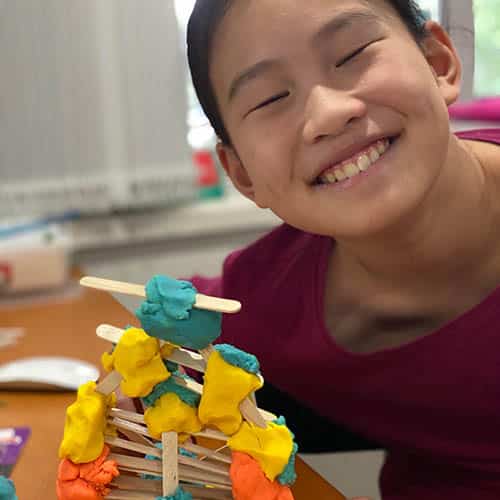
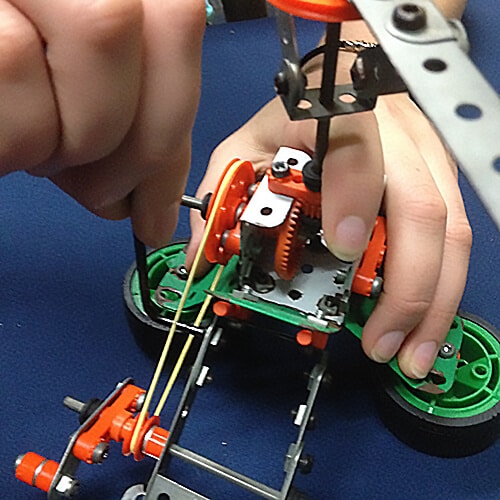
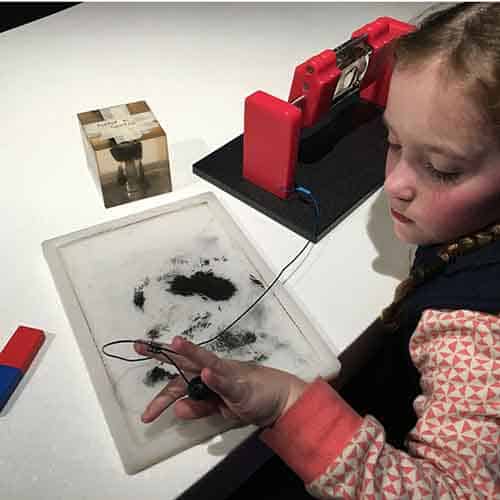
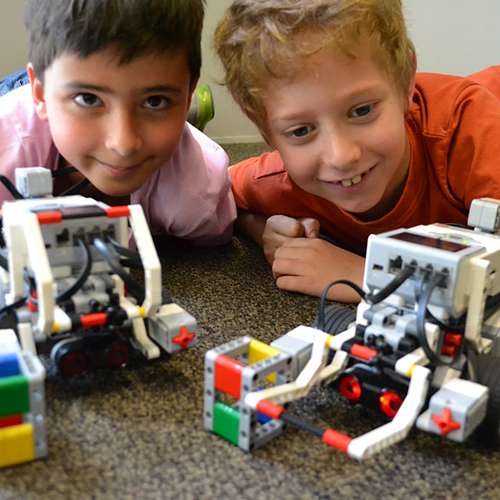





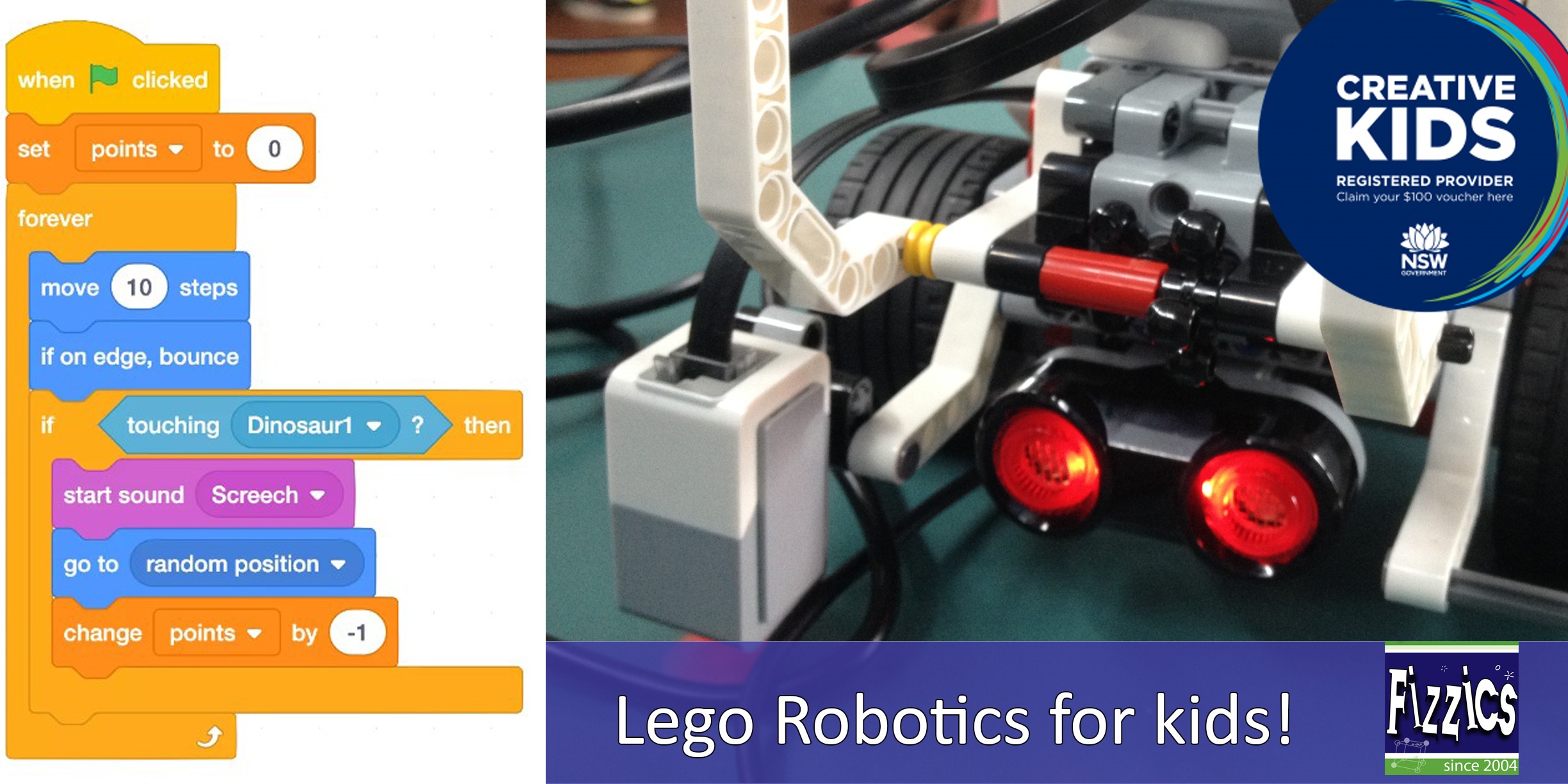
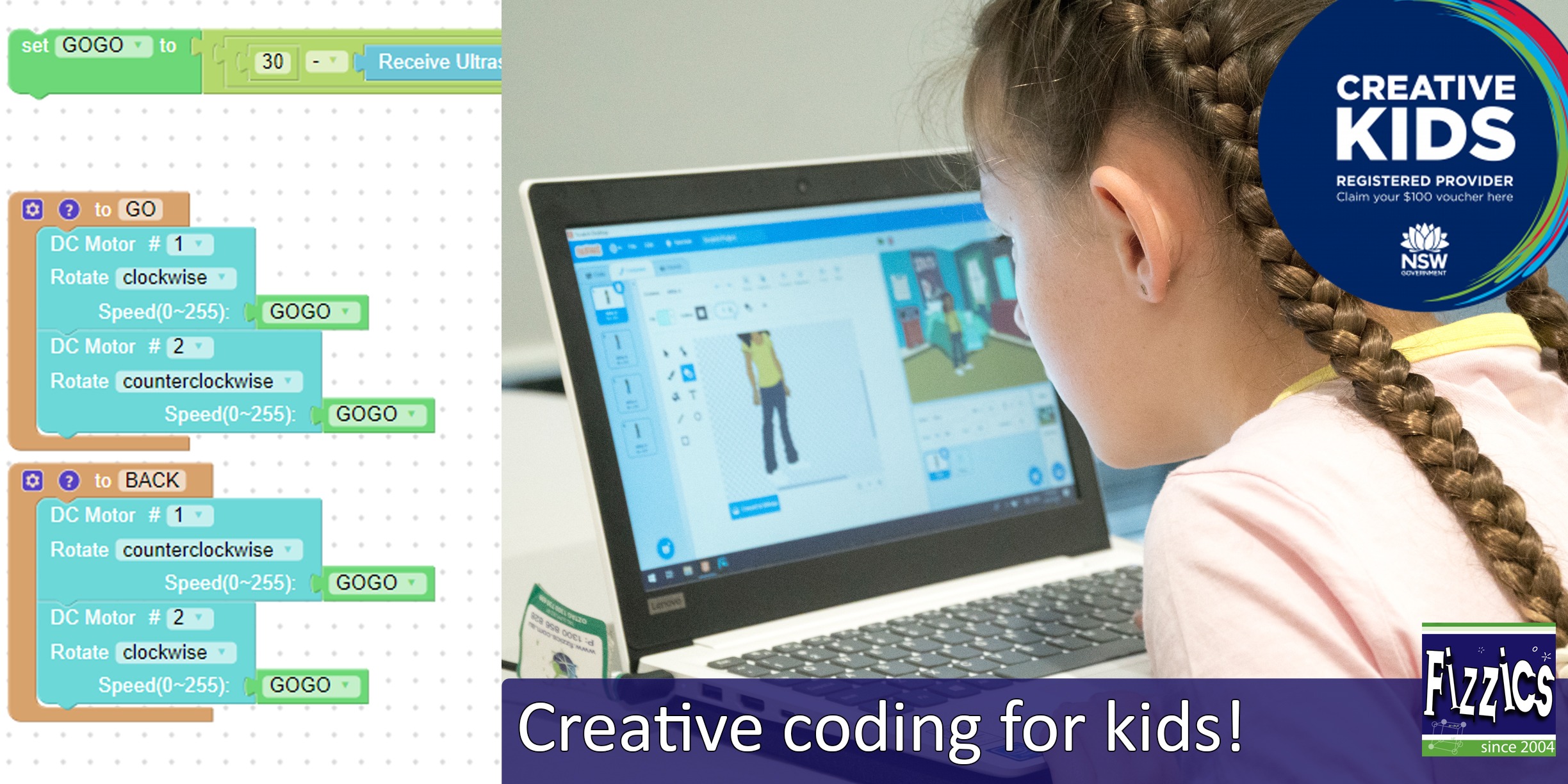
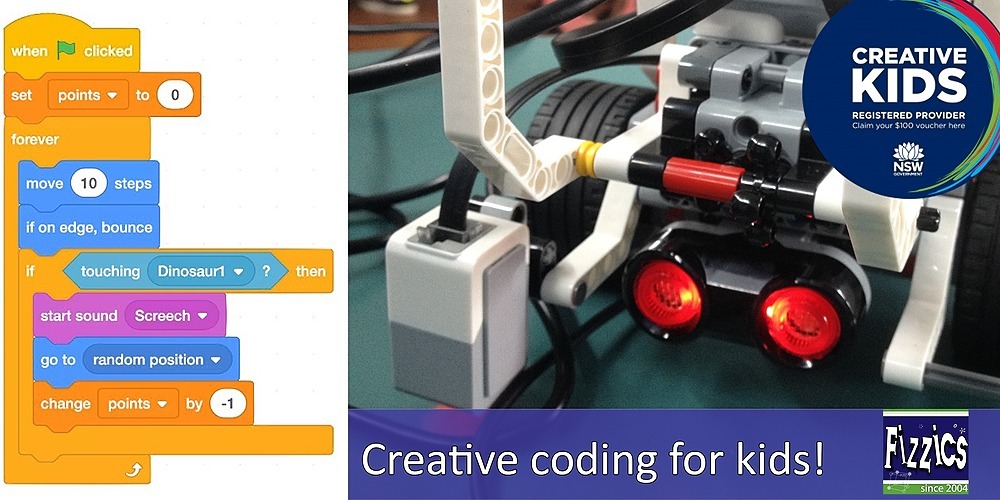
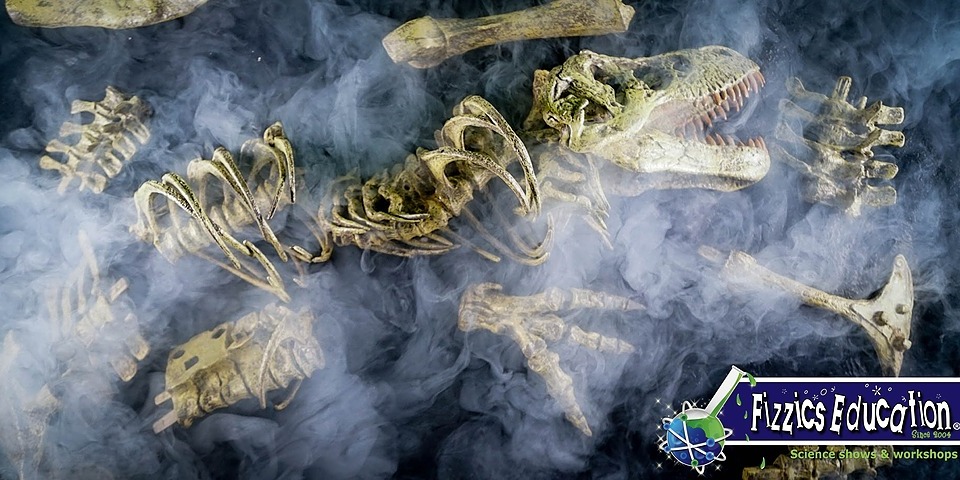
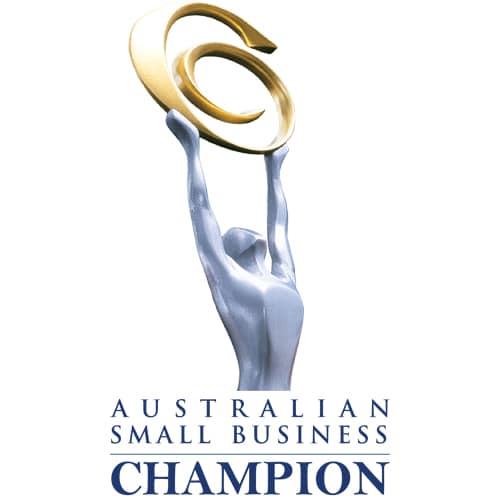
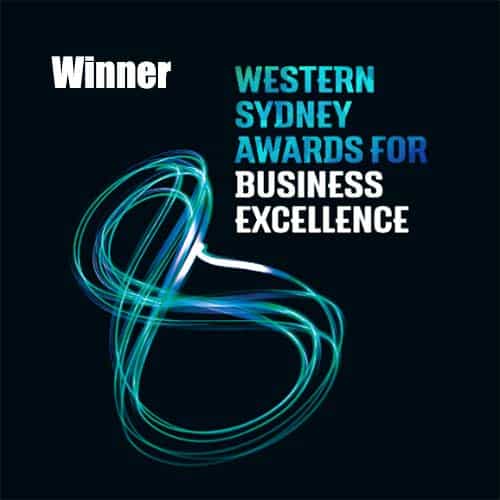


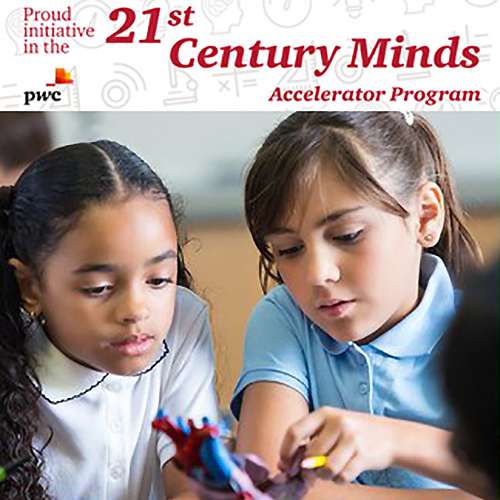
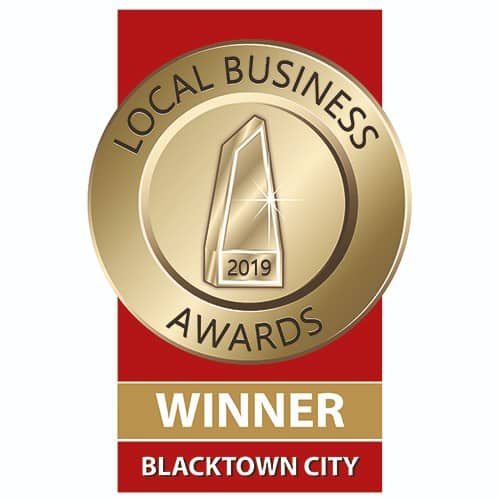
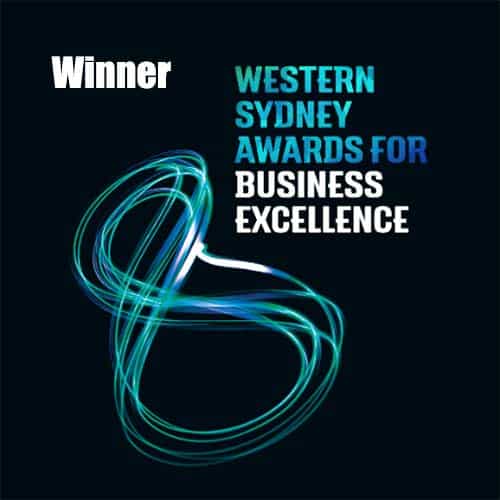
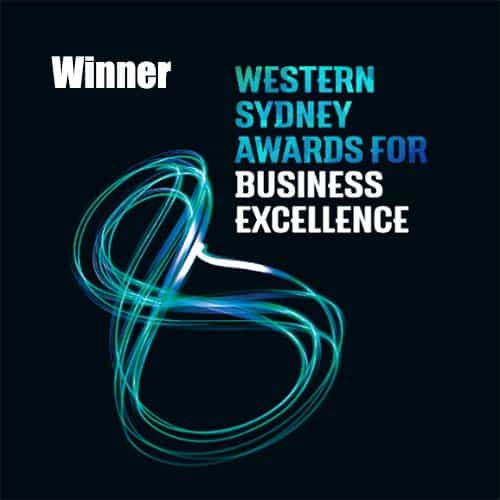
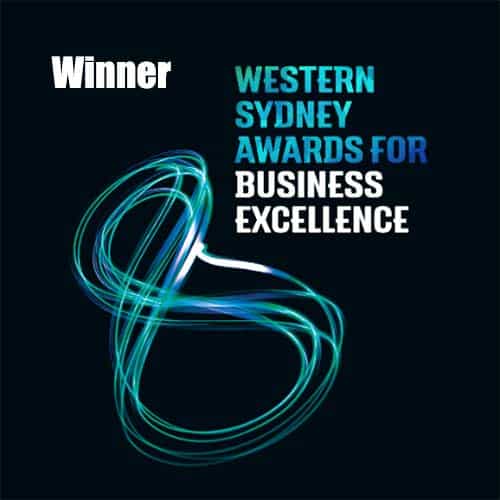
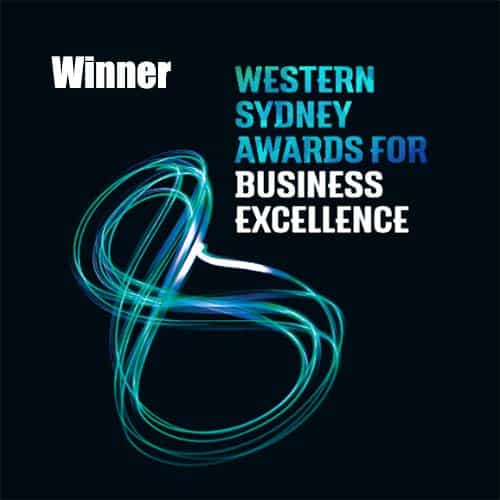
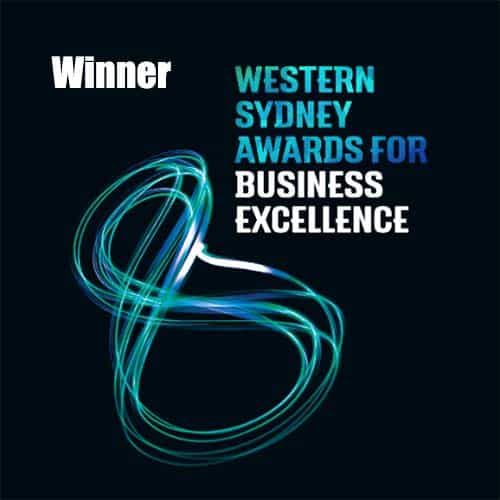

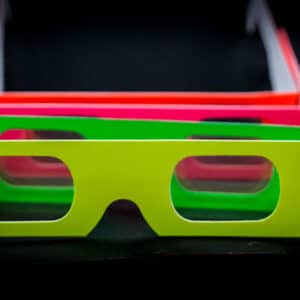
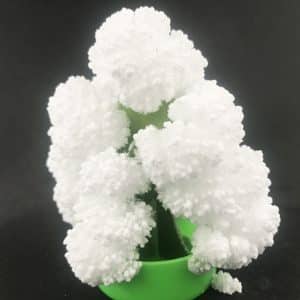
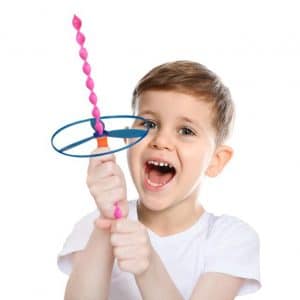
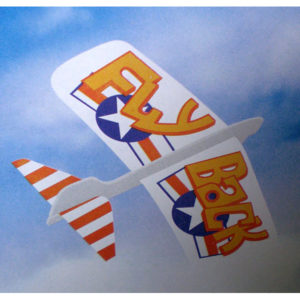
Comments